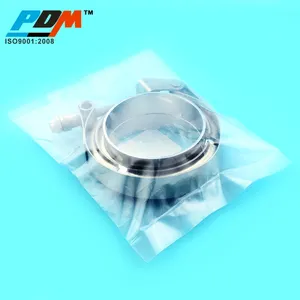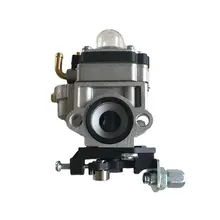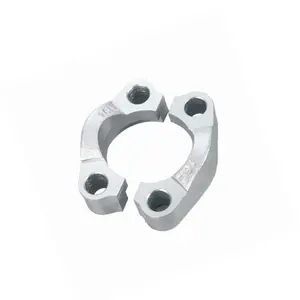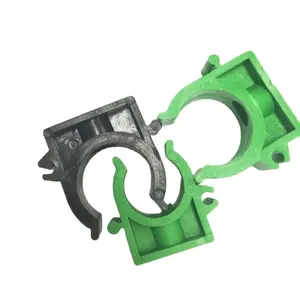Understanding C Clamps for Pipes
C clamps for pipes are essential components in various plumbing and construction scenarios. These clamps are designed to hold pipes securely in place, ensuring stability and alignment during and after installation. Their robust design allows for a firm grip, which is crucial for maintaining the integrity of a piping system.
Types and Materials
There are several types of c clamps for pipes, each suited for different applications and pipe materials. Common materials used for these clamps include malleable iron, stainless steel, and carbon steel, each offering distinct advantages in terms of strength, corrosion resistance, and durability.
Applications and Features
C clamps for pipes are versatile and find applications across various industries, including construction, plumbing, and manufacturing. They are particularly useful for projects that require pipe suspension or anchoring. Features such as adjustable opening widths and threaded handle mechanisms allow for easy adjustment and tight securing of pipes.
Advantages of Using C Clamps
The use of c clamps for pipes in construction and plumbing offers several advantages. They provide a reliable solution for managing and securing piping systems, ensuring that pipes remain fixed in their intended position. Their ease of use and the ability to withstand high levels of pressure make them an indispensable tool for professionals.
Selection Considerations
When selecting c clamps for pipes, it is important to consider the clamp's size, material compatibility with the piping, and the environmental conditions it will be exposed to. This ensures a suitable match for the specific requirements of the task at hand.
Maintenance and Longevity
While c clamps for pipes are designed for longevity, regular maintenance is recommended to preserve their condition. This includes periodic inspections to check for signs of wear and corrosion, ensuring that they continue to provide a secure hold and maintain the aesthetic appeal of the installation.











































 浙公网安备 33010002000092号
浙公网安备 33010002000092号 浙B2-20120091-4
浙B2-20120091-4